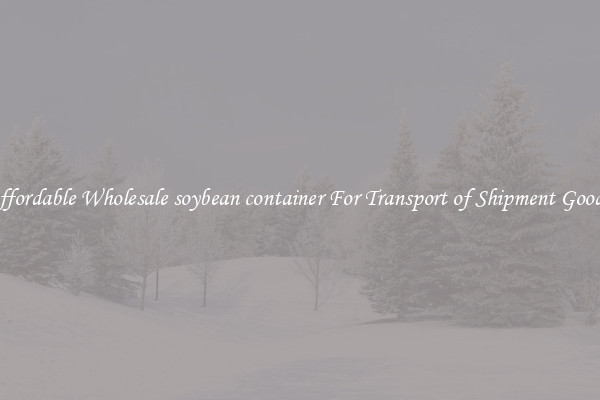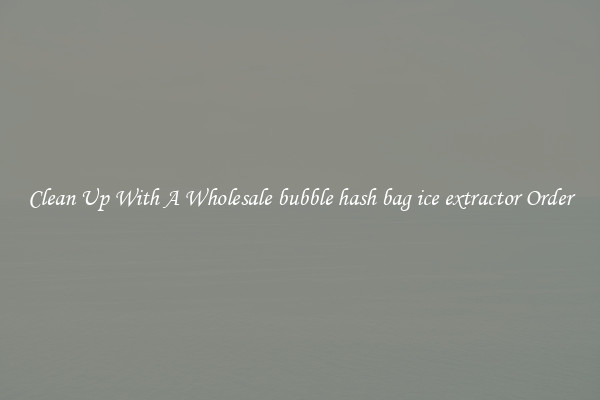Wholesale cutting lpg to Ship Gaseous Substances Safely
Wholesale cutting LPG to ship gaseous substances safely

Liquefied petroleum gas (LPG) is a widely used source of fuel for various applications, including heating, cooking, and transportation. However, transporting LPG in its liquid form can be challenging due to safety concerns. In recent years, there has been a growing trend in wholesale cutting LPG to ship gaseous substances safely.
Cutting LPG into gaseous form for transportation eliminates the risks associated with handling and storing large quantities of liquefied gas. It provides a safer and more efficient way of shipping gaseous substances while maintaining the integrity of the product. This method makes use of specially designed containers and infrastructure to ensure the safe delivery of compressed gases.
The process of cutting LPG involves converting the liquid into its gaseous state through a controlled evaporation process. This is achieved by releasing the pressure in the container and allowing the liquefied gas to change phase. The resulting gas is then stored and transported in high-pressure cylinders or pipelines.
One of the notable advantages of cutting LPG is the reduction in the risk of leakage, spills, and accidents during transportation. LPG is highly flammable, and a leak or spill can result in potential fires and explosions. By shipping gaseous substances, the potential for such incidents is significantly reduced.
Another benefit of cutting LPG is the increased flexibility it offers in terms of transportation methods. Gaseous substances can be transported using various modes, including trucks, pipelines, and rail. This allows for more efficient logistics planning and reduces the overall transportation costs.
Moreover, cutting LPG to ship gaseous substances opens up opportunities for the use of LPG in industries where there is no access to natural gas pipelines. It allows industries to benefit from the clean-burning properties of LPG without the need for expensive infrastructure investments.
However, there are also challenges associated with cutting LPG for transportation. The process requires specialized equipment and expertise to ensure it is done safely. Adequate training and knowledge of handling compressed gases are essential to mitigate any potential risks.
Furthermore, the infrastructure for storing and transporting gaseous substances needs to be in place to support this method. This includes high-pressure cylinders, pipelines, and safety measures to prevent leaks and accidents.
In conclusion, wholesale cutting LPG to ship gaseous substances safely is a valuable development in the transportation and distribution of compressed gases. It provides a safer and more efficient means of delivering gaseous substances while minimizing the risks associated with handling large quantities of liquefied gas. With proper infrastructure and precautions in place, this method offers numerous advantages and opens up opportunities for industries to benefit from the clean-burning properties of LPG.

View details

View details

View details

View details








